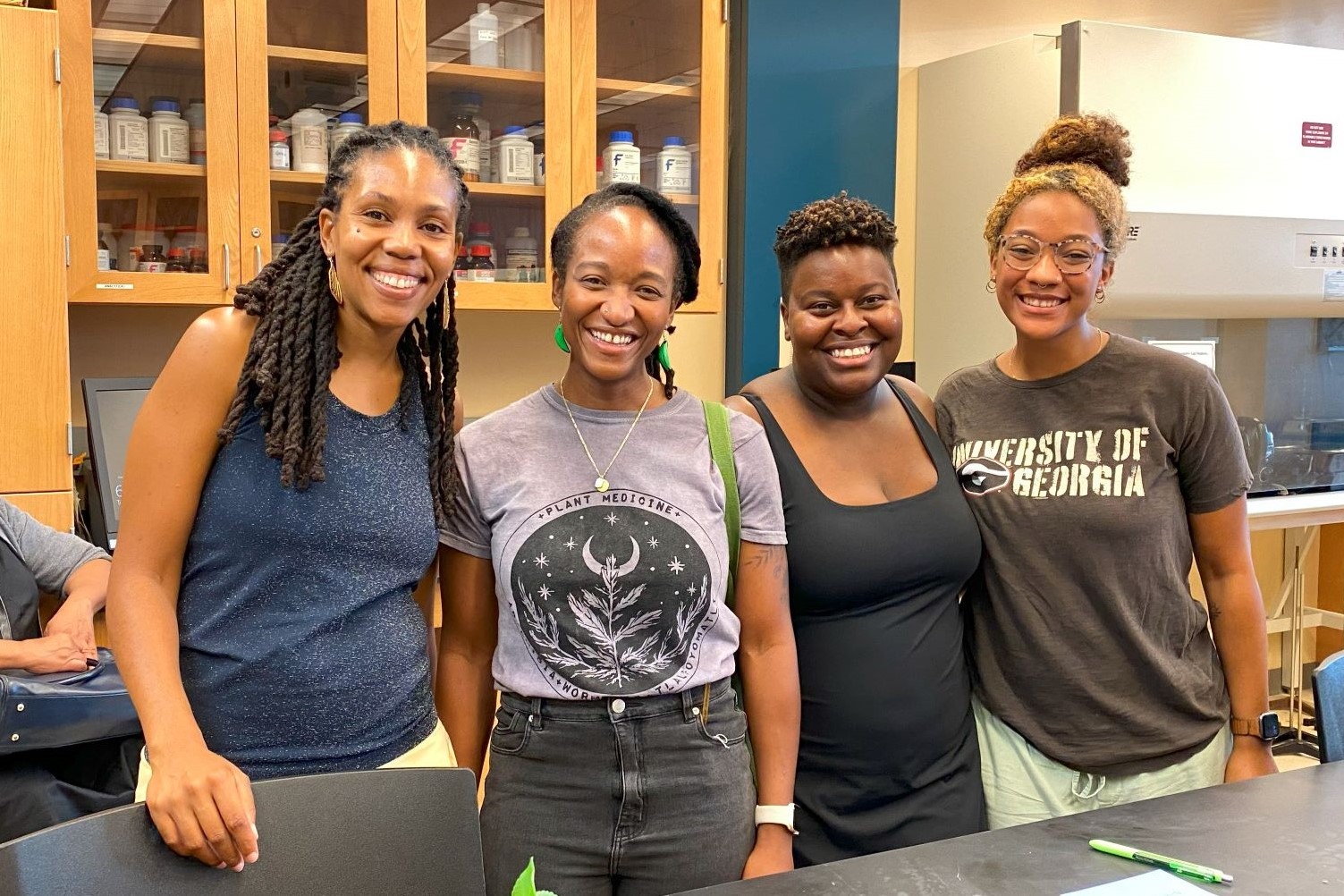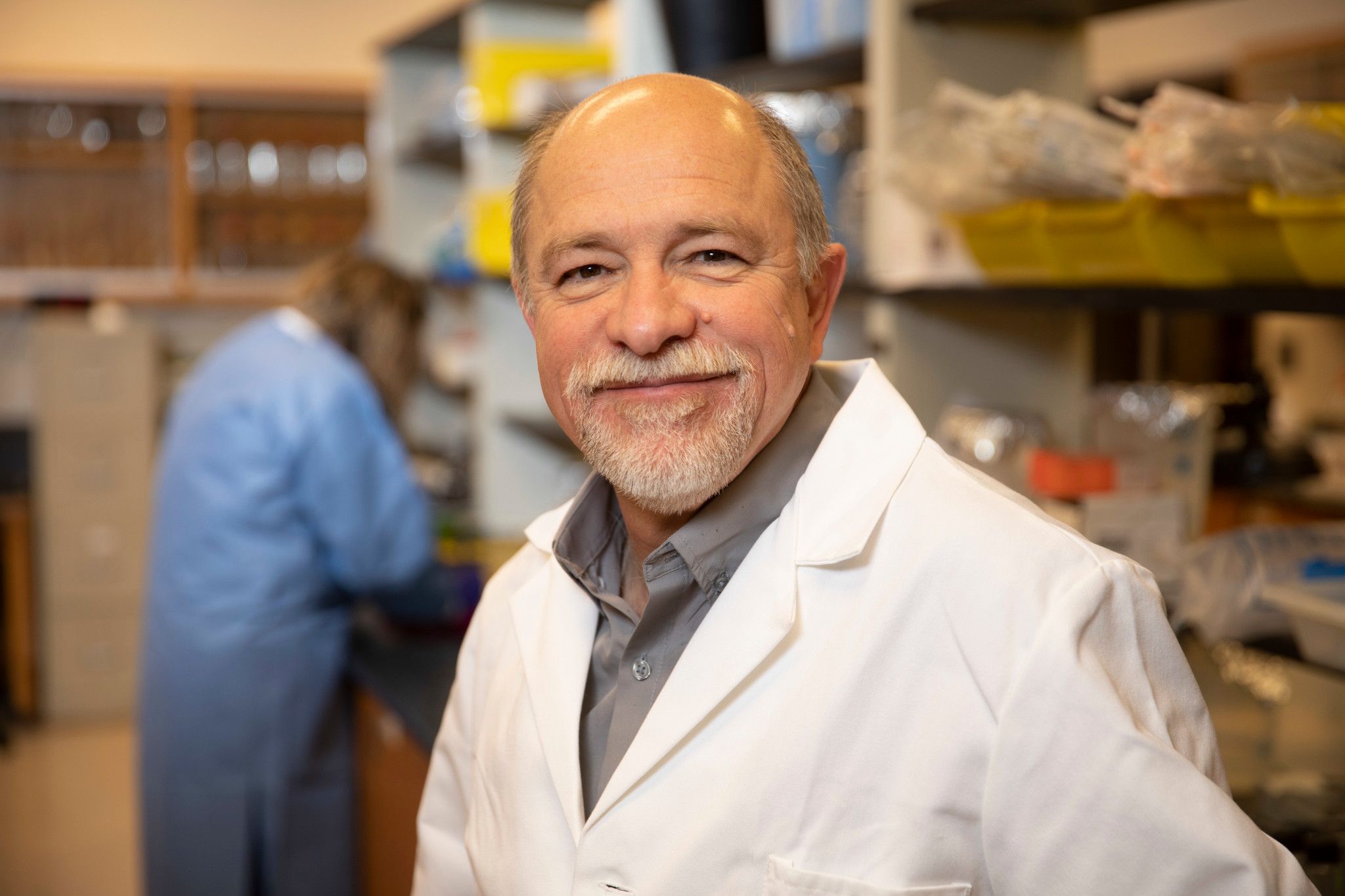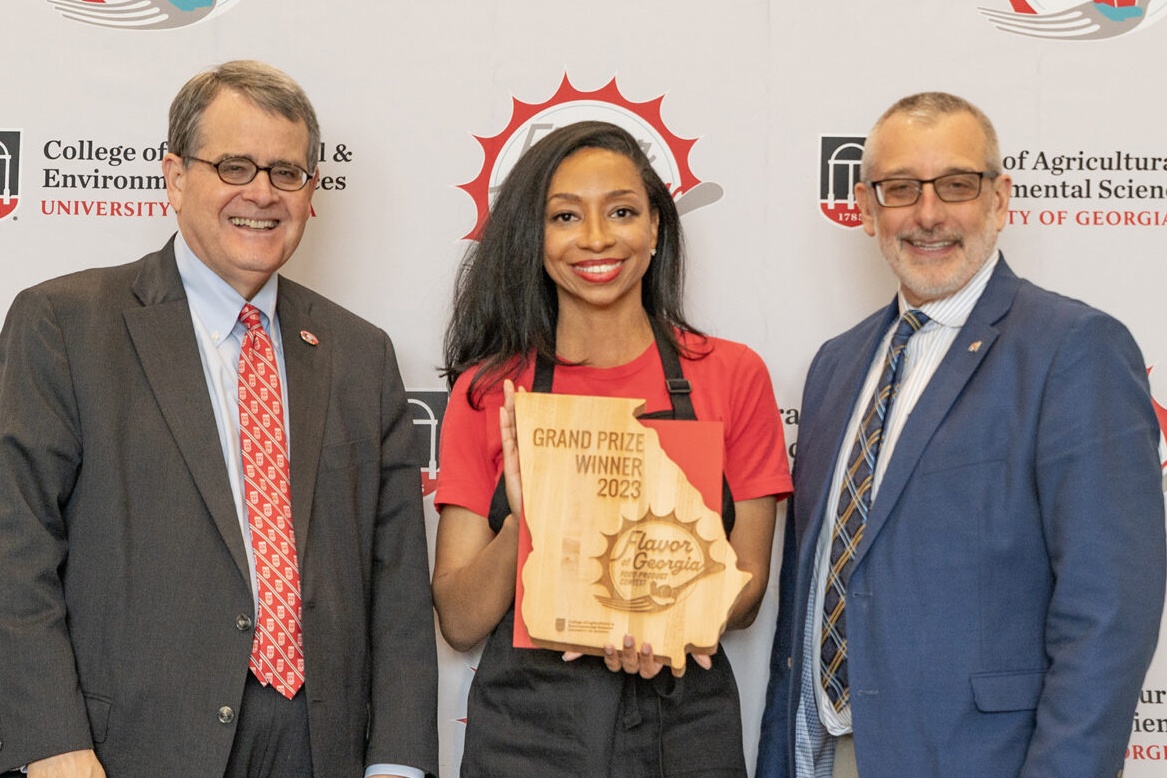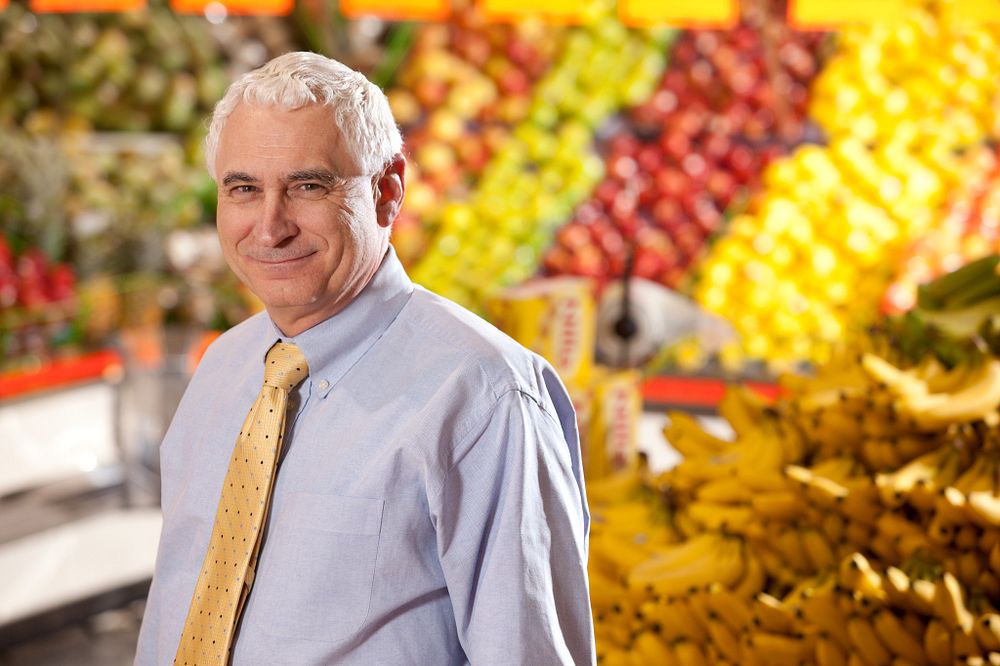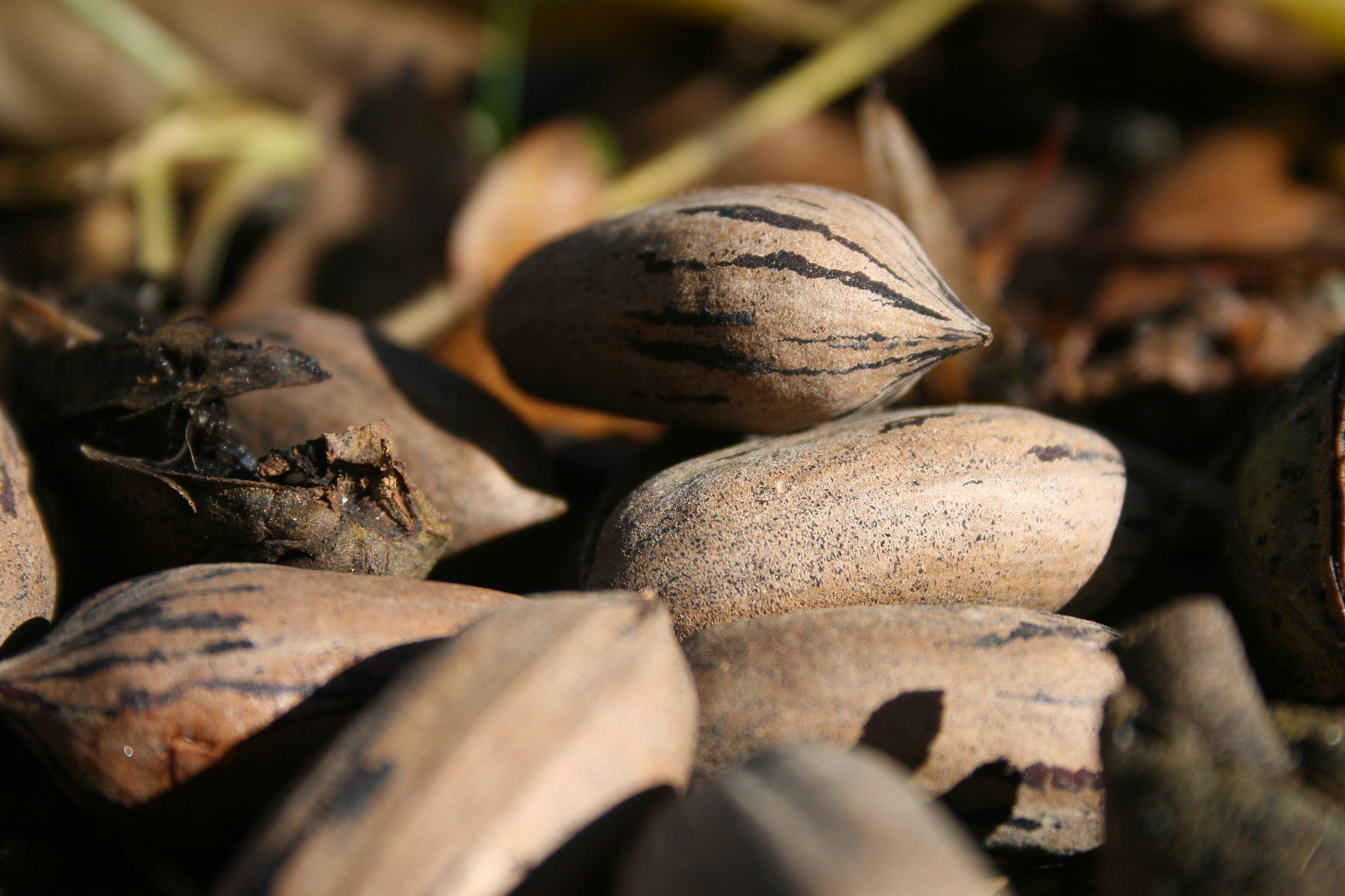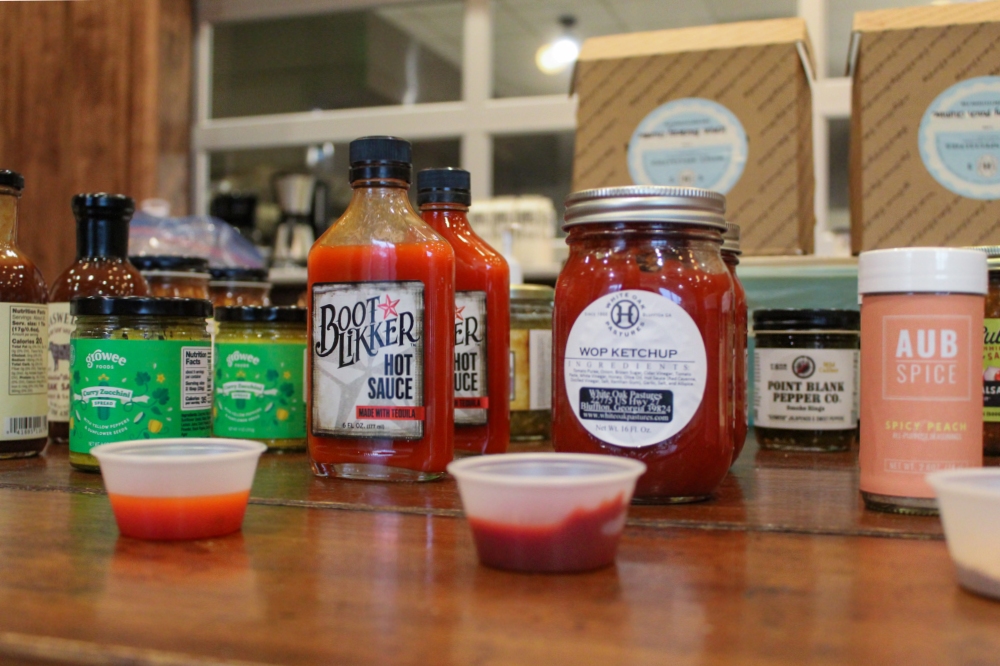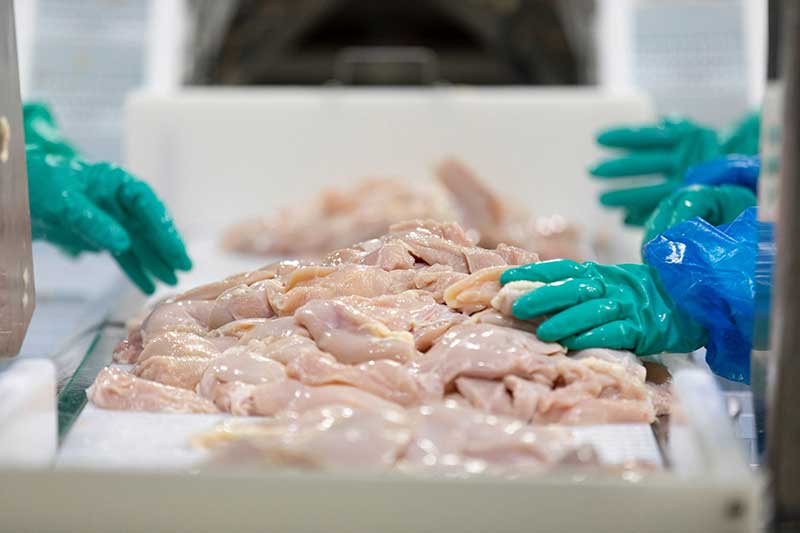 CAES News
CAES News
Poultry Safety
Poultry, specifically broiler production, is Georgia’s top livestock agricultural commodity, with an average of 31 million pounds of chicken produced every day throughout the state. At the University of Georgia’s College of Agricultural and Environmental Sciences, experts have helped developed biomapping technology for processing facilities that is making the food supply safer.

.jpg)
